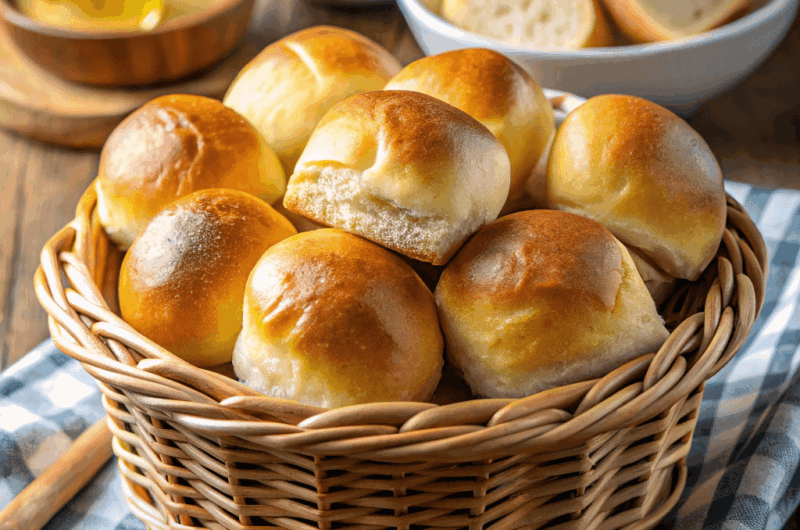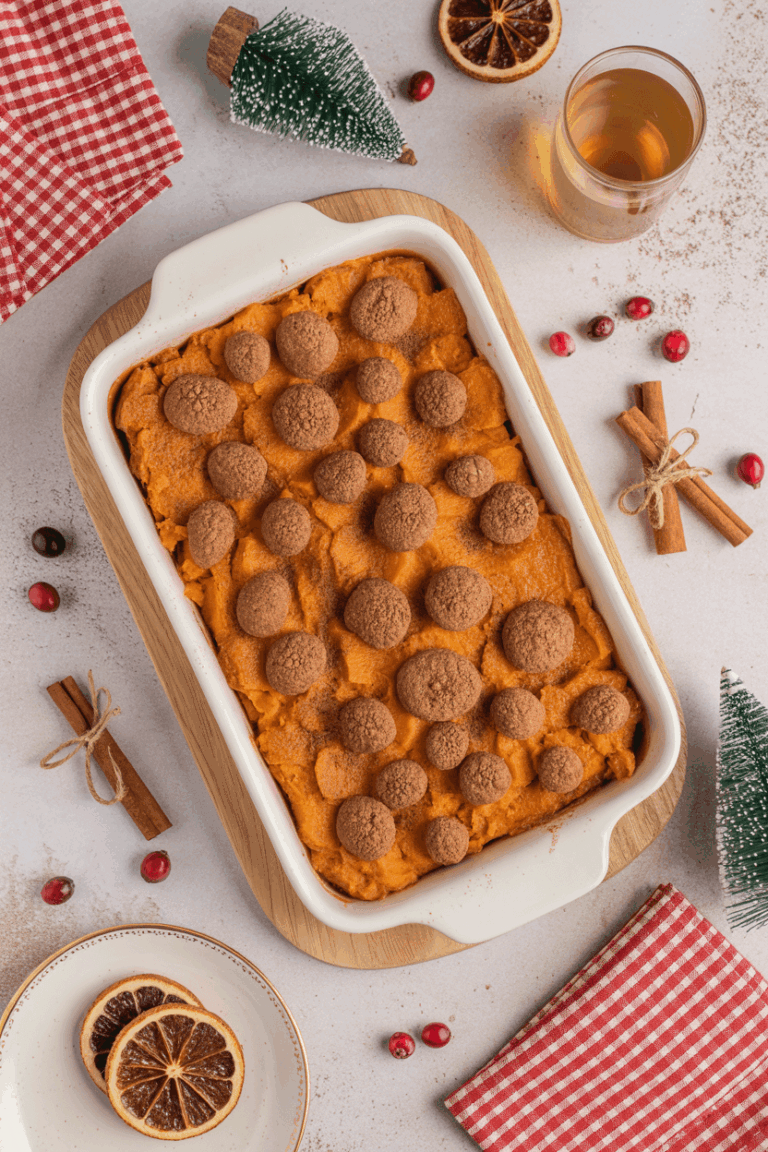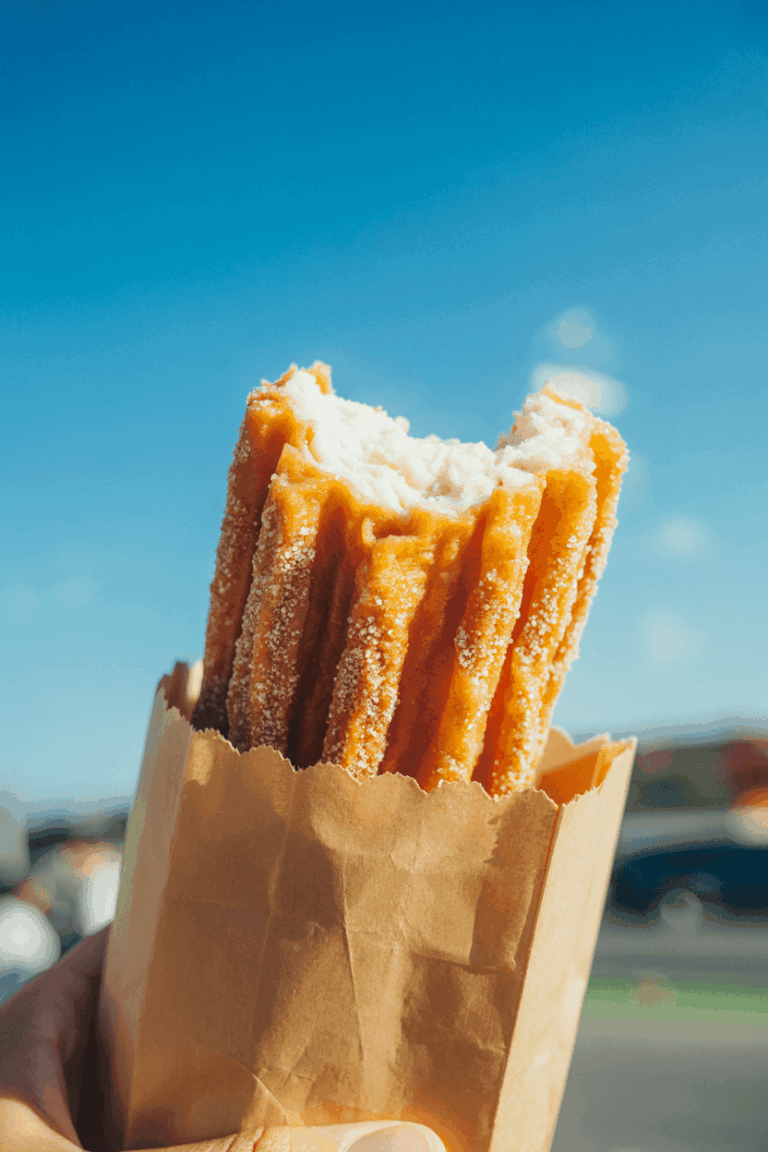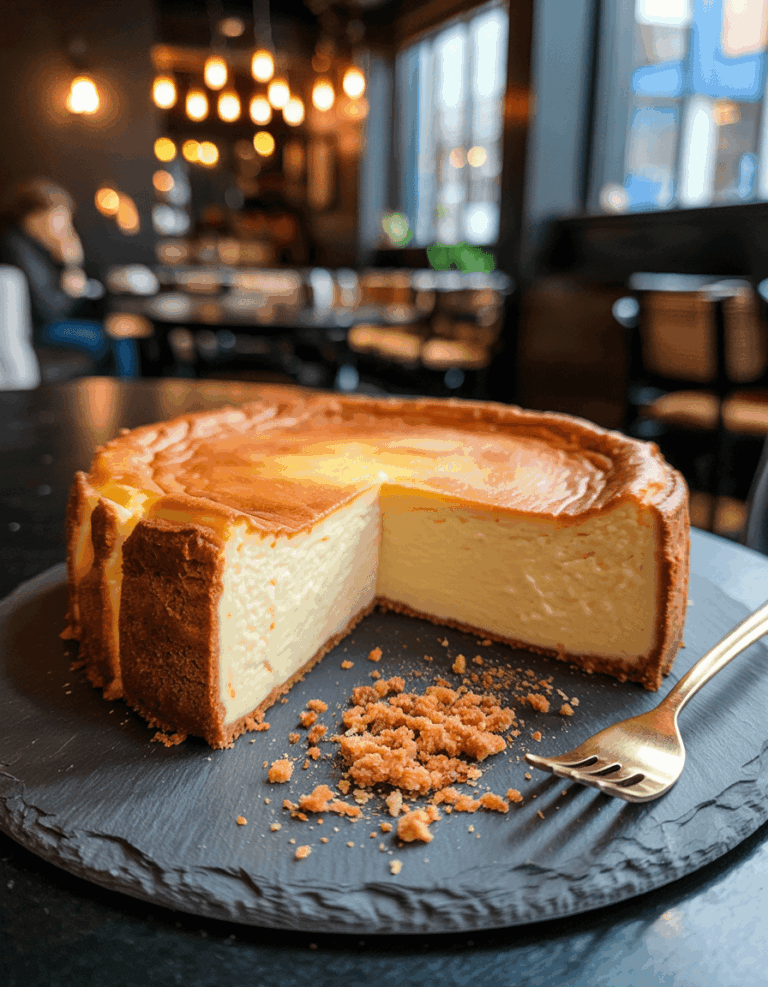The Best Fluffy Pancakes recipe you will fall in love with. Full of tips and tricks to help you make the best pancakes.
Soft and Fluffy Dinner Rolls Recipe
There’s something magical about freshly baked dinner rolls. It’s not just the warm, pillowy texture or that buttery aroma that fills your kitchen—it’s the way they can steal the spotlight at any meal. Whether you’re dunking them in soup, mopping up gravy, or just eating one straight out of the oven (guilty), homemade rolls always hit different.
If you’ve been settling for store-bought, don’t worry. I used to be in that club too. But once you bake these fluffy little clouds yourself? Oh, there’s no going back. In this post, I’ll walk you through everything—ingredients, step-by-step process, and all the sneaky tips I’ve learned (like why room-temp eggs matter more than you think).
Trust me, these are the rolls you’ll crave every weekend. Let’s bake!
Recipe Snapshot
| Category | Details |
| Yield | 16 rolls |
| Serving Size | 1 roll |
| Prep Time | 25 minutes |
| Cook/Bake Time | 20 minutes |
| Total Time | 3 hours, 15 minutes |
| Calories per Serving | 170 |
| Primary Cooking Method | Baking |
| Proofing Time | 2 hours |
| Resting Time | 30 minutes |
| Occasion | Holidays, Everyday Dinner |
| Diet Type | Vegetarian |
Calories are approximate and may vary depending on exact ingredients used.
Dinner Rolls Recipe
Course: DinnerCuisine: AmericanDifficulty: Intermediate1
roll25
minutes20
minutes170
kcalSoft, buttery, golden brown dinner rolls—this is the kind of recipe that makes people think you went to culinary school. But nah, you just followed this easy, no-fuss guide. These dinner rolls are slightly sweet, tender as clouds, and perfect for sandwiches, sliders, or soaking up every last bit of sauce from your plate.
Ingredients
- For the Dough
1 cup (240ml) whole milk, warm (about 110°F/43°C)
2 1/4 tsp active dry yeast (1 packet)
2 tbsp granulated sugar
1 large egg, room temperature
1/4 cup (60g) unsalted butter, melted and slightly cooled
1 tsp salt
3 1/2 cups (440g) all-purpose flour (plus extra for dusting)
- For Brushing
2 tbsp melted butter (for brushing after baking)
Directions
- Warm and Activate the Yeast
Pour the milk into a small saucepan or microwave-safe bowl and warm it to about 110°F (43°C). Pour the warm milk into a large mixing bowl, add the sugar, and sprinkle the yeast on top. Give it a light stir and let it sit undisturbed for 5–10 minutes. It should get foamy and bubbly—this means the yeast is alive and kicking. - Combine Wet Ingredients
Crack the room-temperature egg into the bowl with the activated yeast mixture. Add the melted butter (make sure it’s not hot) and salt. Mix until everything is well incorporated. - Add Flour Gradually
Begin adding the flour one cup at a time, mixing with a wooden spoon or dough hook if you’re using a stand mixer. Go slow—this isn’t a race. You’re aiming for a soft, shaggy dough. Depending on your kitchen’s humidity, you might need a little more or less flour. - Knead the Dough
Transfer the dough onto a floured surface and knead it for 8–10 minutes by hand, or about 6 minutes in a mixer. The dough should feel smooth, slightly tacky but not sticky, and spring back when gently pressed. - Let It Rise (First Proof)
Grease a clean bowl and plop in your dough ball. Turn it around to coat all sides with oil. Cover it with a clean towel or plastic wrap and let it rise in a warm place until doubled in size—about 1 to 2 hours depending on the temperature of your kitchen. - Shape the Rolls
Once the dough has risen, punch it down to release the air. Divide the dough into 16 equal pieces (a kitchen scale is your best friend here). Roll each piece into a smooth ball by tucking the edges under and rolling it on a clean surface. - Second Rise
Arrange the dough balls evenly in a greased 9×13-inch baking pan, leaving a little room between each. Cover again and let them rise for another 45 minutes to an hour, or until they’re puffy and touching each other. - Bake the Rolls
Preheat your oven to 375°F (190°C). Place the risen rolls in the oven and bake for 18–20 minutes, or until they’re golden brown on top and sound hollow when tapped. Rotate the pan halfway through for even baking if needed. - Brush with Butter
As soon as the rolls come out of the oven, brush them generously with melted butter. This step gives them that glossy, golden finish and amps up the flavor.
Extra Tips
- Temperature matters: Make sure your milk is warm, not hot—110°F is ideal. Hotter than that and you risk killing your yeast.
- Room temp ingredients: Your egg and butter should be at room temperature to help the dough come together smoothly.
- Flour slowly: Add your flour gradually. Too much too fast can lead to dense rolls.
- Don’t skip the second rise: This is key for fluffy, tall rolls. Let the dough puff up in the pan before baking.
- Bake until golden: Check your rolls at the 18-minute mark. They should be a deep golden brown and sound hollow when tapped.
- Brush right away: Melted butter on hot rolls equals glossy, soft tops and incredible flavor.
Equipment List
- Mixing bowls
- 9×13-inch baking pan
- Measuring cups and spoons
- Dough scraper (optional but handy)
- Stand mixer with dough hook (optional)
- Kitchen towel or plastic wrap
- Pastry brush
- Oven thermometer (helpful for precision)
Substitution Options
Whether you’re out of an ingredient or baking for someone with dietary restrictions, here’s how to make this recipe work for more people:
- Milk: You can swap whole milk with almond milk, oat milk, or soy milk for a dairy-free version. Just make sure whatever milk you use is unsweetened.
- Butter: Replace the butter with vegan butter or refined coconut oil (for a more neutral taste).
- Egg: If avoiding eggs, substitute with 3 tablespoons of plain yogurt, unsweetened applesauce, or a flaxseed egg (1 tbsp flaxseed meal + 2.5 tbsp water).
- All-purpose flour: Bread flour can be used for a chewier texture, or swap in half whole wheat flour for added fiber. If using whole wheat, consider adding an extra tablespoon of milk to maintain softness.
- Sugar: Coconut sugar or maple syrup can be used in place of granulated sugar. Keep in mind this may slightly alter the flavor.
Make-Ahead Tips
Want to get a head start? These rolls are super make-ahead friendly. After shaping the dough into rolls and placing them in your baking pan, cover them tightly with plastic wrap and stick the whole pan in the fridge overnight. The next day, just take them out about an hour before baking so they can come to room temperature and finish rising.
Alternatively, you can fully bake the rolls, let them cool, and then freeze them. To serve, just warm them up in a 300°F (150°C) oven for 10–12 minutes and brush with a bit of fresh butter. Boom—fresh-baked vibes without the hassle.
Storage Instructions
These dinner rolls store beautifully, making them perfect for meal prep or saving leftovers.
At Room Temperature: Keep them in an airtight container or resealable bag for up to 3 days. A quick 10-second zap in the microwave brings them right back to life.
In the Fridge: If your kitchen is warm or humid, pop them in the fridge instead. Wrap them tightly to prevent drying out and consume within 5 days.
In the Freezer: Once baked and cooled, these rolls freeze like a dream. Place them in a freezer-safe bag and store for up to 2 months. To reheat, thaw at room temp and warm in the oven at 300°F (150°C) for 10 minutes.
FAQ Section
Can I use instant yeast instead of active dry yeast?
Yes! You can substitute instant yeast one-for-one with active dry yeast. Skip the activation step—just mix it in with your dry ingredients.
Why didn’t my dough rise?
Check the temperature of your milk—it might’ve been too hot and killed the yeast. Also, make sure your yeast is still fresh and active.
Can I make smaller or larger rolls?
Absolutely. Just adjust the baking time accordingly—smaller rolls may only need 12–15 minutes, while larger ones could take up to 25 minutes.
How do I know when the rolls are done?
They should be golden on top and sound hollow when tapped. If unsure, check that the internal temp is around 190°F (88°C).
Can I add herbs or cheese?
Heck yes! Mix chopped rosemary, thyme, or shredded cheese into the dough after the first rise for a fun flavor twist.
Nutritional Information
Here’s the rough breakdown for each soft, buttery roll:
- Calories: 170 kcal
- Fat: 6g
- Carbohydrates: 24g
- Protein: 4g
- Sugar: 2g
These values can shift depending on whether you make ingredient swaps like dairy-free milk or whole wheat flour, so use them as a guide rather than gospel.
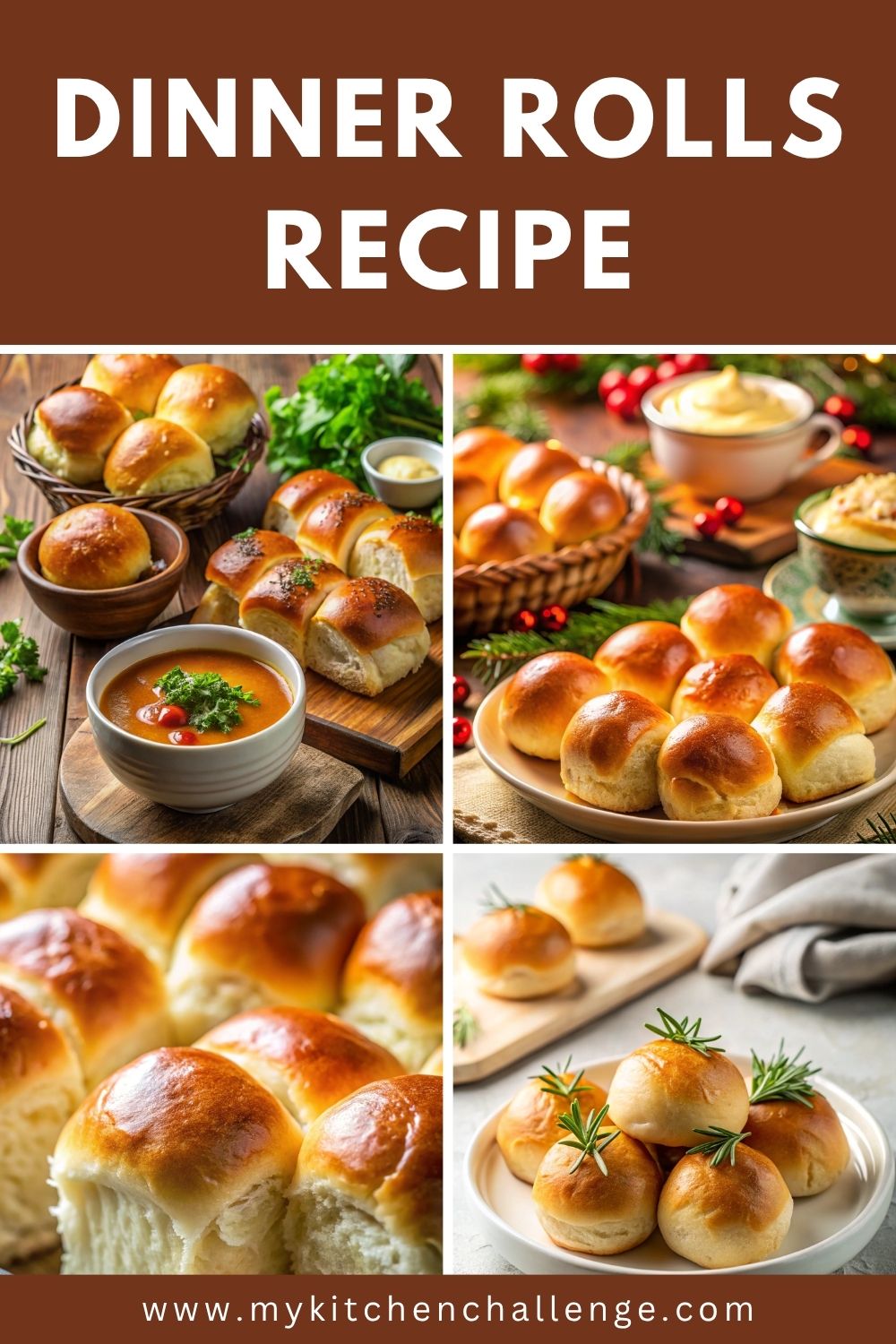
Final Thoughts
Homemade dinner rolls might sound like a project, but they’re seriously worth every minute. These buttery, fluffy bites of joy elevate any meal from average to absolutely memorable. And once you get the hang of the process, it’s pretty addictive (in a good way).
Whether you’re serving them up on a holiday table or just because it’s Tuesday and you want something warm and comforting, these rolls deliver every time. So go ahead—dust off that mixing bowl and give it a shot. You’ll never look at a store-bought roll the same way again.

